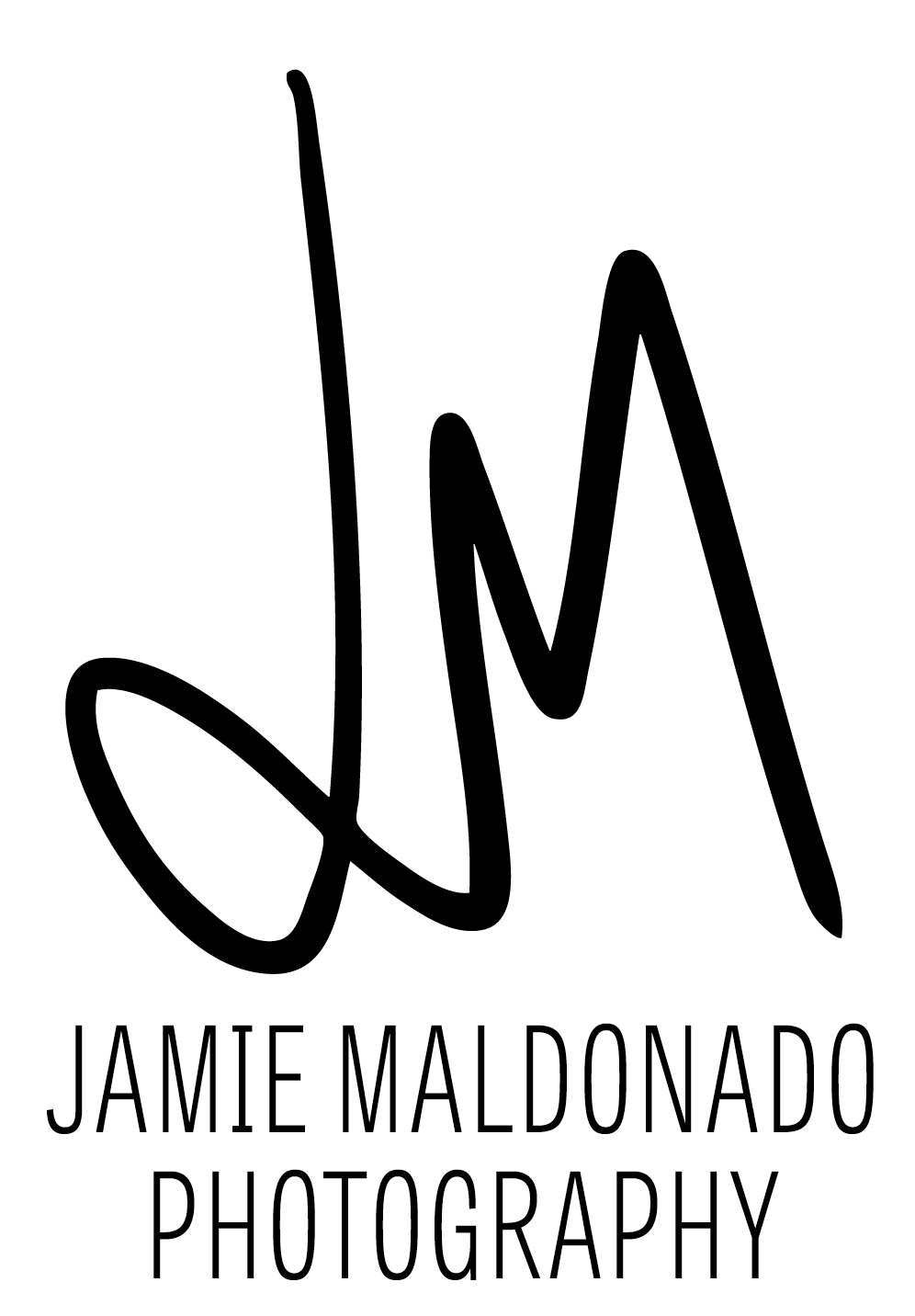An easy answer to a lot of questions about exploring identity photographically for me tends to be Cindy Sherman, especially since I am neck-deep in a self-portrait series. However, one photographer who has lately had me interested in questions about identity and the ideas associated with it is Rineke Dijkstra.
After years of avoiding expensive prices, I got a good tip on nabbing the Guggenheim retrospective at a reasonable price, and finally jumped on it. I am so glad I did. I am equally interested in the writing in the book as I am in the photography. Reading about the beginning of her beach portraits was a great insight into someone having an artistic breakthrough.
In short, Dijkstra was injured in an accident and spent a lot of time in bed, where she watched Twin Peaks (a current semi-obsession of mine) and pondered identity. Following the time in bed, she had a lengthy and grueling rehabilitation involving exhausting work in a swimming pool. One day, she set up a camera to take a self-portrait following her rehab work, at a point where she was too tired to pose.
The shot that resulted was not one I had seen until reading the book. but features her standing and looking obviously exhausted while covering her face. No traditional posing was involved, and it was clear how she felt when she took the image. Encouraged by the result, she set out to take portraits while forgoing conventional posing.
When a staged photo is essentially unposed, it can help reveal aspects of the sitter’s personality. It can also have the effect of showing the effects of media and social conditions when people do pose even when not instructed to. Dijkstra’s work also revealed the effects of social attitudes through clothing and styling. Some countries wore what seemed like timeless swimsuits, while others (the U.S.) wore garish swimsuits with makeup and intentionally styled hair.
The simple device of a straightforward portrait of someone “just” standing there revealed more than I have been able to through my highly stylized and constructed tableaux-style images. One approach is not better than the other, but the revelations of Dijkstra’s work help me think about what to look for, and gives me insight to how another artist found her voice.
More: http://www.popphoto.com/how-to/2008/12/conversation-rineke-dijkstra
http://artblart.com/tag/rineke-dijkstra-self-portrait/
Self Portrait, Marnixbad, Amsterdam, Netherlands, June 19, 1991, 1991
